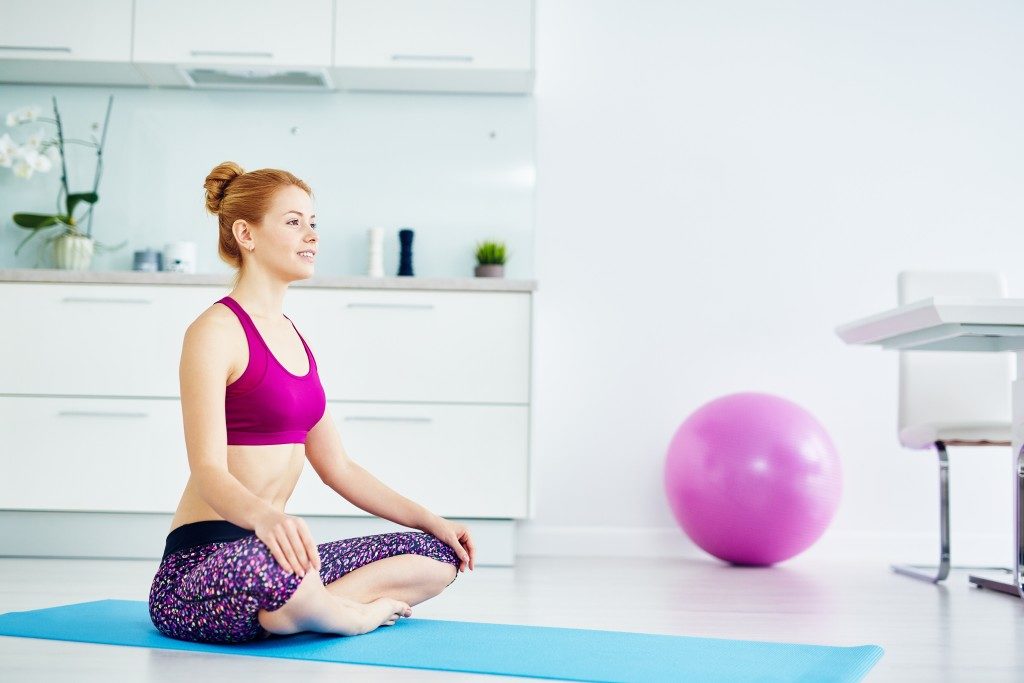When people hear of therapy, they assume that this is something they will only seek when they have some form of physical discomfort. Nonetheless, you might require healing even if you feel physically okay. This is because your health comprises your physical and psychological well-being. This does not mean investing in expensive medication and conventional therapies to guarantee some level of physical and emotional comfort. These have different side-effects, are costly, and at times, can be boring and ineffective.
Your physical and mental healing may begin at a detox yoga retreat centre. This option, unlike others, has no side effects and delivers healing while ensuring that you have fun while at it. In detoxing, therapy centres focus on undoing all the harm you have done to your physical and psychological health over the years with your lifestyle choices. This does not mean it is a one-off solution for the issues you are battling with. The retreat only forms the basis of your road to a healthy life, and detoxification should continue long after the retreat is over.
The following are the other techniques of healing used in yoga:
Asana
This encompasses different postures and movements. Some of the primary asanas used in yoga therapy include lying down, sitting, and standing. There are specific poses and movements you will learn as you continue on your healing journey to address particular conditions and reap specific benefits. Asanas will, in general stretch, strengthen and stabilize different body areas while promoting energy and circulation flow to target areas. They will also prove crucial in your body’s detoxification, as they encourage the flow of detrimental juices from the body parts you need to detox.
Pranayama
This focuses on your breathing and will affect the way you are feeling and the flow of your body juices. When you feel calm, for instance, your breathing is gentle. The awareness that your breath is the direct link between your body and mind is the heart of yoga. Pranayama centres on exploring this dynamic. With the manipulation of your breathing, you can enhance your mood and physical health, and balance your nervous system.
Relaxation and Meditation
This is what most people visualize in yoga therapy. Relaxation and meditation techniques provide an avenue for nurturing your mind to negate the reactions responsible for your negative though-patterns, self-sabotaging reflexes, and turbulent emotions. In meditation, you will learn to befriend and calm your mind so you can get a greater perspective and insight. It dampens your nervous system’s fight and flight side and will prove beneficial in managing chronic conditions.
Diet

The yogic diet focuses on minimizing the intake of foods that will slow down your body's metabolism and your life in general. Whole grains, vegetables, and fruits make the bulk of your yogic diet. You will cut back on processed foods, dairy products, and meats to ensure the highest levels of mental and physical health.
The above elements of yoga therapy have been tried and tested over the years and have changed many lives significantly. You can rest assured you are not being used as a guinea pig to assess if the therapies work for specific conditions or people. Check into a yoga retreat center to start your journey to optimal health today.



